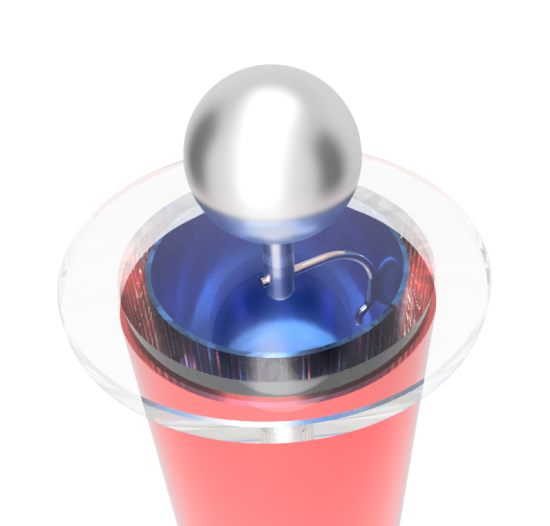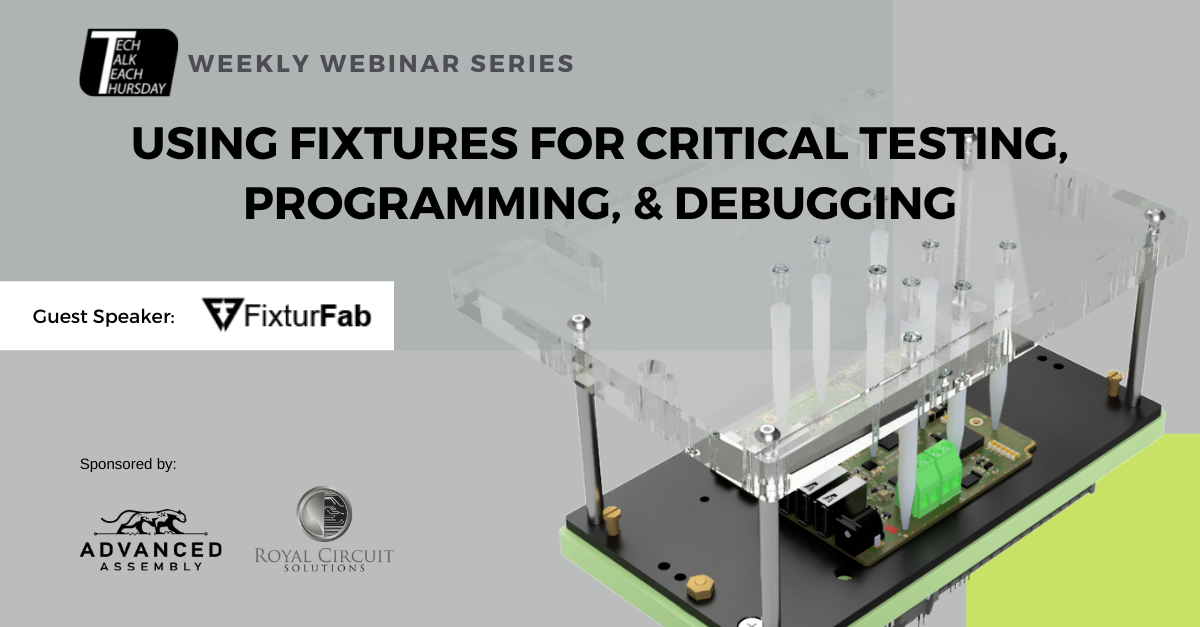We’re walking through history to learn the history of Ohm’s Law and Joule’s Power Law. In the last article we learned that the model of electron transport most engineers know has a name. And that name is Drude! It’s not the model that electronics engineers need. In this article we’ll learn about the qualitative discovery of Ohm’s Law, and in the next article we’ll learn about the quanitative discovery of Ohm’s Law.
Most current Physics textbooks appear to begin the study of electricity by teaching electrostatics and then transitioning into steady-state dc current with Ohm’s law as the first important lesson. Ohm’s Law is often presented in textbooks as the necessary bridge between electrostatics and electric current. That may or may not be an appropriate entry point for Ohm’s law as we now know it. But it certainly doesn’t quite explain the introduction of the power law. Other than the fact they use similar variables, there isn’t a compelling reason to introduce the power law at this time, except, perhaps, it allows teachers and authors to discuss the brightness of lightbulbs (power dissipation) in series and parallel circuits. As Arnold Arons points out on page 203 of his textbook “Teaching Introductory Physics”, “because of the way in which most textbooks introduce resistive circuits and concentrate problems and exercised on manipulation of Ohm’s law and [the power law], very few students absorb awareness of the fact that current in a system is not always determined by [I=ΔV/R]”.
A Qualitative Path for Resistance
An Unknown Experiment With Lengths of Wires
James Clerk Maxwell published the “Treatise on Electricity and Magnetism” in 1873. The following year, Maxwell acquired the previously unpublished work of Henry Cavendish’s experiments from 1772-1773. In 1879, Maxwell published the work in a book titled “The Electrical Researches of Henry Cavendish.”[1]
In “The Electrical Researches of Henry Cavendish” chapter titled “Resistance to Electricity”[2], Cavendish attempted to quantify the resistance of various materials and mixtures, including measured lengths of conductors. Cavendish did this by simultaneously charging 6 identical Leyden jars with connecting wires and then he removed the wires to leave each jar with an identical amount of charge.
[1] Falconer, I., No actual measurement … was required: Maxwell and Cavendish’s null method for the inverse square law of electrostatics.
[2] https://www.google.com/books/edition/The_Electrical_Researches_of_the_Honoura/SocIAAAAMAAJ

Leyden jars have two coaxial conductors separated by an insulator. You can make your own Leyden jar by cutting the bottom off of a 2-Liter PET bottle and then coating the inside and outside with aluminum foil. Keep the edges of the foil away from any open ends to prevent spontaneous discharge.
Then, Cavendish sequentially discharged the jars through a test circuit that consisted of a carefully measured length of wire, a bit of tinfoil, and a spark gap.[3] The limitations of the apparatus available to Cavendish at the time prevented a truly quantitative experiment. Still, he noticed the strength of shock he received and the brightness of a spark related to wire length.
Cavendish’s 1772-1773 work wasn’t well known in the scientific community because he apparently never published it. His apparatus lacked the precision required to develop an accepted mathematical relationship between resistance and the physical properties of a wire, but it was similar in spirit to an experiment later performed by Georg Ohm.
Physics labs have electrostatic generators that are capable of reproducing the experiment. However, they seldom perform an experiment that demonstrates a relationship between a length of wire and the strength of a shock.
Had Cavendish published his results, it might have ledcredibility to Ohm’s work and led to quicker acceptance in the broader scientific community.
In the next article, two important technological advancements arrive that allow scientists to quantify their measurements.



